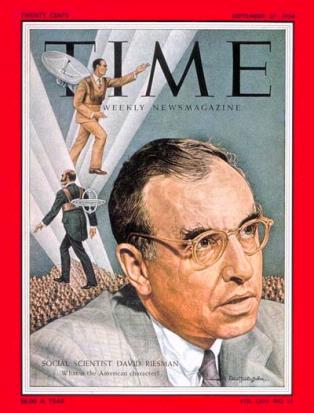
When The Public Humanist asked me to write on “what every college student needs to know about history,” it looked like an easy assignment. Within seconds I had made a list. Every college student should know about:
- The origins and key ideas of the great world religions
- The major political revolutions of modern times
- The important thinkers who have changed the world, such as Marx and Freud
- The American Constitution
However, I soon began to wonder if this was the right approach. I realized that other scholars would come up with a different list, probably overlapping with mine but different enough to produce vigorous debate. Then I realized how sad it is that this discussion is not taking place. In large universities across the country, professors are spending their summers working on their own research projects; they are not meeting to discuss how to perfect their introductory undergraduate courses.
The history that every college student needs to know is the one that explains why college students today cannot rely on the university to deliver the fundamental knowledge they need. To get the most out of their education, college students must have some sense of the history of American colleges themselves.
Every college student should know that the modern American university began with the founding of Johns Hopkins University in 1876. Hopkins was different from what came before because it was established primarily to promote graduate level teaching and advanced research. Each faculty member had to be an accomplished researcher in a specific discipline. Specialized expertise and a passion for research quickly became the main qualifications for all professors at most large universities. Two important results were the subordination of undergraduate education to graduate education, and the subordination of teaching to research. Generally speaking, the best minds at large research universities are not focused on the question “what should all undergraduates know about my field, and how can we teach it to them?” The best minds are focused on “how can we make an original contribution to our disciplines through our research?”
Every college student should know that the University of Chicago, in the period 1930-1950, emerged as the primary counter-model to the system just described. By 1930, Chicago had adopted the Hopkins model; it had in fact become the nation’s leading research university. But in the following decades, Chicago’s president Robert M. Hutchins set out to invigorate undergraduate education. He did this by hiring top professors and appointing them to a special unit, the undergraduate college, rather than appointing them to particular academic departments. These star professors were to focus on undergraduate core courses, not specialized courses. An example is David Riesman, the sociologist whose book The Lonely Crowd is the best-selling work of American sociology of all time. Riesman was a superstar, featured on the cover of Time Magazine in 1954. He and others appointed by Hutchins gave tremendous prestige at Chicago to the vocation of teaching fundamental ideas to freshmen and sophomores.
When college students become familiar with this history, it can open their eyes to the system they are in. Most likely, they are in the Hopkins, not the Chicago, system. Suddenly, the students understand why they can choose from so many different courses, but why so many of them are narrow and uninspiring. Suddenly, they realize that if they want to get the fundamentals in various fields, they cannot rely on the university’s diffuse distribution requirements. The most highly motivated students will figure out that they have to take their education into their own hands. They must cultivate relations with the relatively few professors who are committed to transmitting core knowledge. Or join a special program within the university that is committed to such knowledge. For example, the Structured Liberal Education program at Stanford, or the Directed Studies program at Yale. Public universities would do well to study these programs and make them available to students, who would flock to them in large numbers.
When college students know the history of the American college, they may also become bolder in asserting their right to be educated properly. Formerly, students protested for more freedom of choice. But the right of students to choose courses is simply the other side of the coin of the right of faculty to teach whatever they want, whether it serves the needs of students or not.
The wise student protesters of the future, informed by a sense of history, will demand that the university limit the proliferation of highly specialized courses. University leaders ought to promote discussions about what every student needs to know, and encourage departments to offer more courses based on core texts and concepts in each discipline.
History is one of these disciplines. But history’s role is also to infuse the entire educational enterprise with a sense of the dramatic changes that have occurred since the founding of Hopkins in 1876. Over the long run, the formation of large research universities has been very productive for specialized research within narrowly construed disciplines, but most unfavorable for the promotion of disciplined and broad-minded thinking among college students. Hopefully, we will achieve a better balance in years to come.


